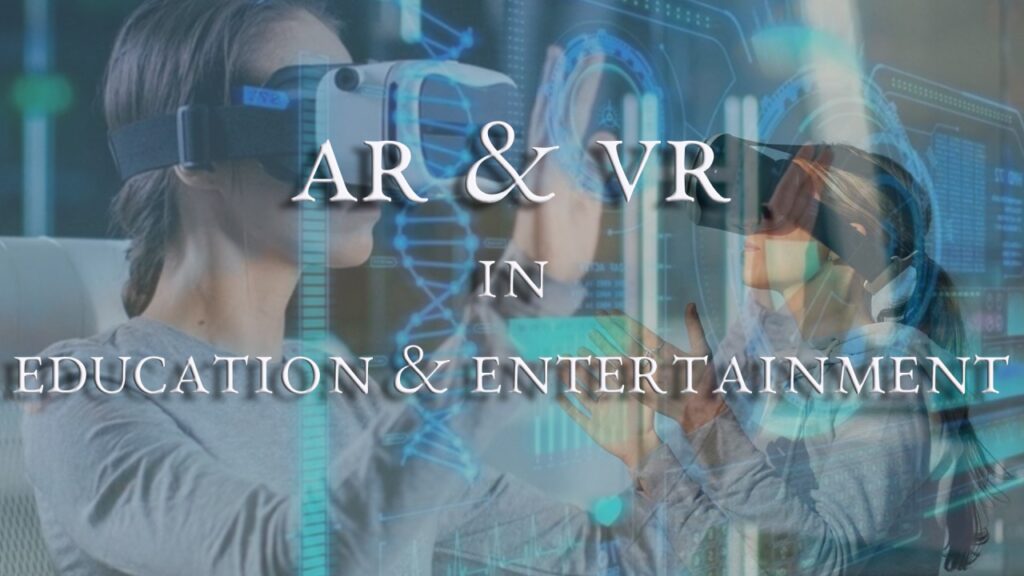In recent years, blockchain technology, virtual reality, and the Internet of Things (IoT) have reshaped the digital landscape by providing decentralized, immersive, and data-driven experiences. Blockchain eliminates intermediaries and ensures security, while VR offers realistic digital environments in various industries. IoT connects physical devices for automation and data exchange, transforming how we live and work. Integration of these technologies enables innovative solutions, driving digital transformation in sectors like supply chain management, healthcare, gaming, and virtual tours. Despite challenges like scalability and data privacy, companies can leverage these technologies to enhance user experiences, improve efficiency, and stay competitive in the evolving digital world.
From Concept to Reality: How Blockchain, Virtual Reality, and IoT are Reshaping the Digital Frontier
Introduction
In recent years, the digital landscape has undergone a significant transformation with the emergence of blockchain technology, virtual reality, and the Internet of Things (IoT). These innovative technologies have not only revolutionized various industries but also reshaped the way we interact with the digital world.
Blockchain Technology
Blockchain, the underlying technology behind cryptocurrencies like Bitcoin, has gained enormous popularity for its decentralized and secure nature. By creating a distributed ledger that records transactions across a network of computers, blockchain eliminates the need for intermediaries and provides transparency and immutability.
Virtual Reality
Virtual Reality (VR) has taken immersion to a whole new level by creating digital environments that simulate real-world experiences. From gaming and entertainment to education and healthcare, VR has opened up a world of possibilities for users to interact with and explore virtual worlds.
Internet of Things
The Internet of Things (IoT) refers to the interconnected network of physical devices that collect and exchange data over the internet. With the proliferation of smart devices and sensors, IoT has transformed the way we live and work by enabling automation, remote monitoring, and data-driven decision-making.
Integration of Technologies
Individually, blockchain, VR, and IoT have already made a significant impact on various industries. However, the true power of these technologies lies in their integration and collaboration. By combining blockchain’s security with IoT’s connectivity and VR’s immersive experiences, companies can create innovative solutions that drive digital transformation.
Use Cases
From supply chain management and healthcare to gaming and virtual tours, the integration of blockchain, VR, and IoT has led to a plethora of use cases. Companies are leveraging these technologies to improve efficiency, enhance user experiences, and drive innovation in their respective industries.
Challenges and Opportunities
While the potential of blockchain, VR, and IoT is undeniable, there are still challenges that need to be addressed. Issues such as scalability, interoperability, and data privacy remain key concerns for companies looking to adopt these technologies. However, with the right strategy and investment, organizations can unlock new opportunities for growth and competitive advantage.
Conclusion
As blockchain, VR, and IoT continue to evolve and mature, the digital frontier is being reshaped in ways we never thought possible. By embracing these technologies and exploring their potential applications, businesses can stay ahead of the curve and drive innovation in an increasingly digital world.
